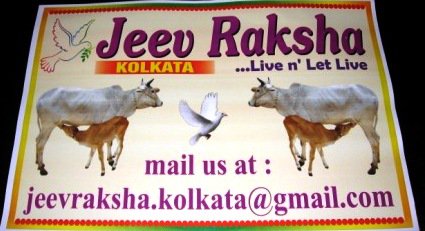Who are Chakravartis ?
Chakravartis are emperors who rule over a part of the world (Bharata- and having six parts). Their life is embellished with similar features like those of the Tirthankaras. Every ChakarvartI obtains his high rank on account of good actions done in earlier existences and on account of a Nidana, i.e. a wish which is passionately cherished in an earlier life. He is born in the royal family of Iksvaku, grows in pomp and glory and is experienced in all arts and sciences. Having beauty and power, being brave and clever, he is embellished with 36 insignias of mind and body. After vanquishing all the opponents in battle, he conquers the world; served and praised by gods and genii, he is anointed emperor.
He rules for a long period and powerfully, enjoying all the pleasures with his many wives and treasures which the earth can offer. The end of the life of Chakravartls is very different. Whereas some renounce the world or even become Tirthankaras (like the 16th, 17th and 18th Chakravartis of this world-period) and get redemption, others come to the heaven of gods after their death, and some others fall into hell on account of their bad actions.
Chakravartis owe their success not only to their capability and power and the support they get from their supermundane beings, but also, above all, to the wonderful “gems” (Ratnas) and precious “treasures” (Nidhi) which are in their possession.










